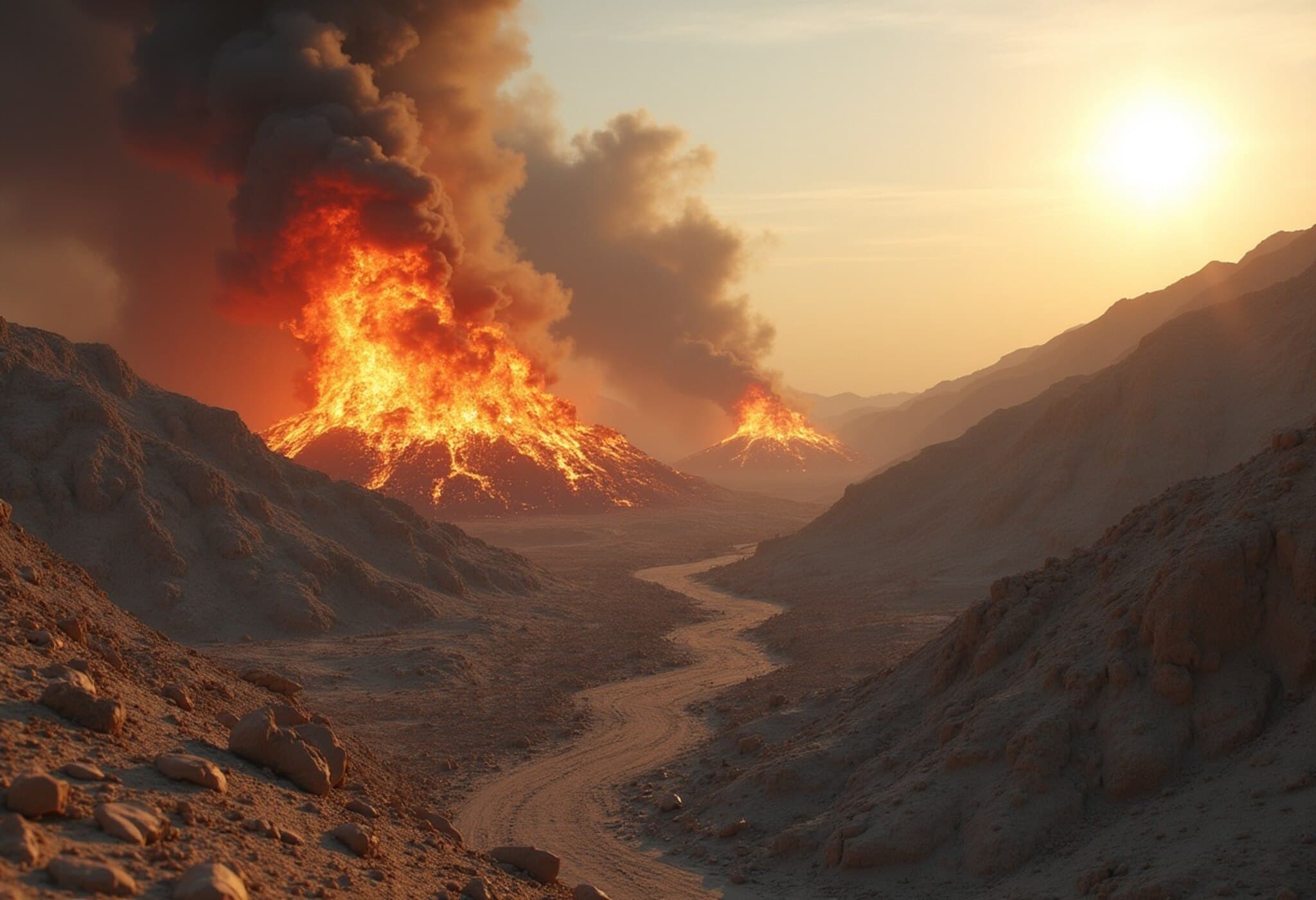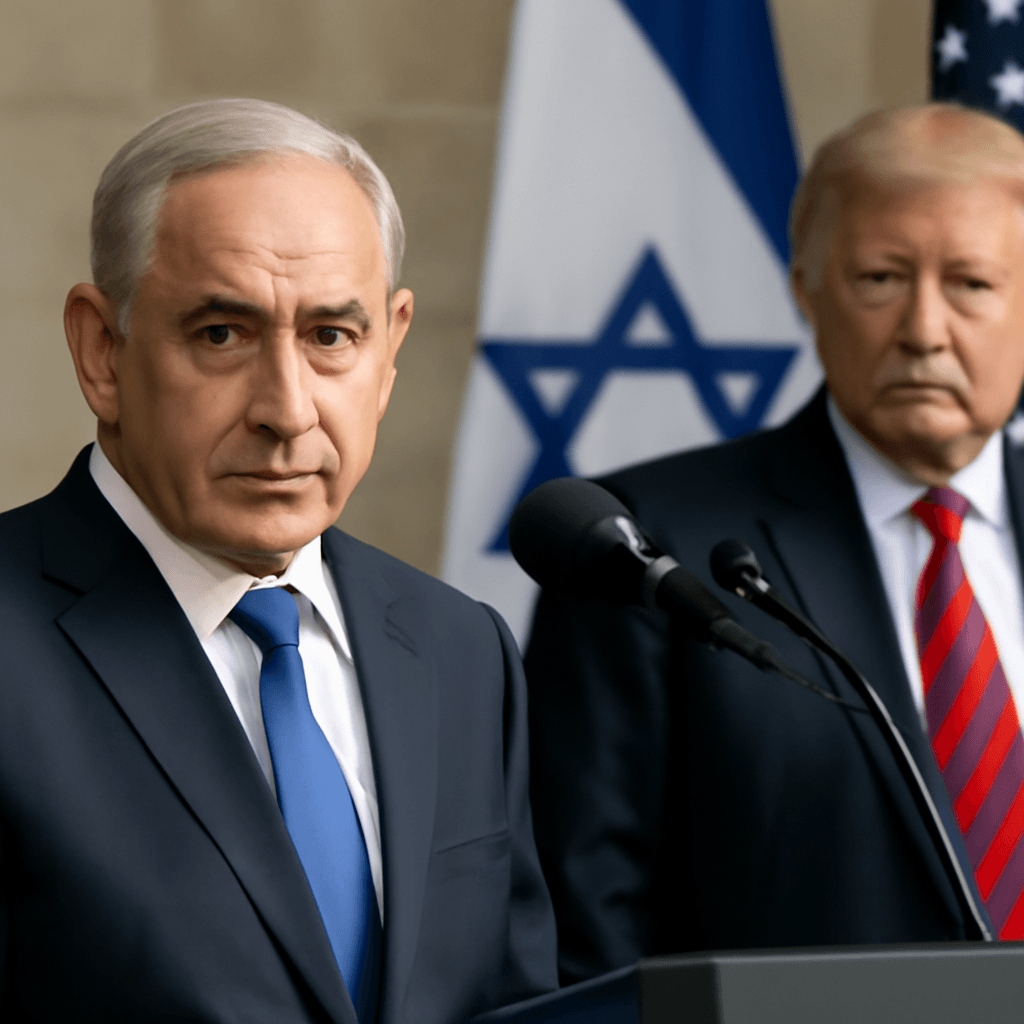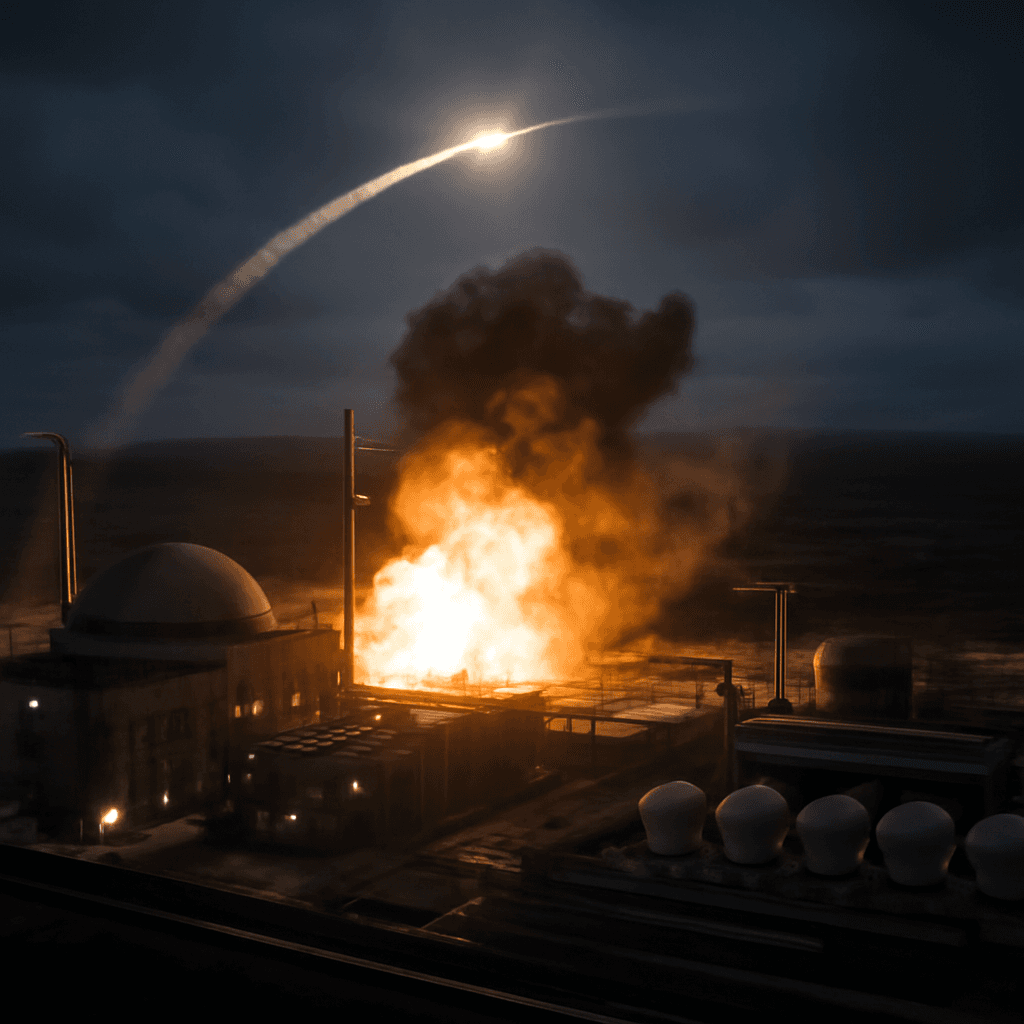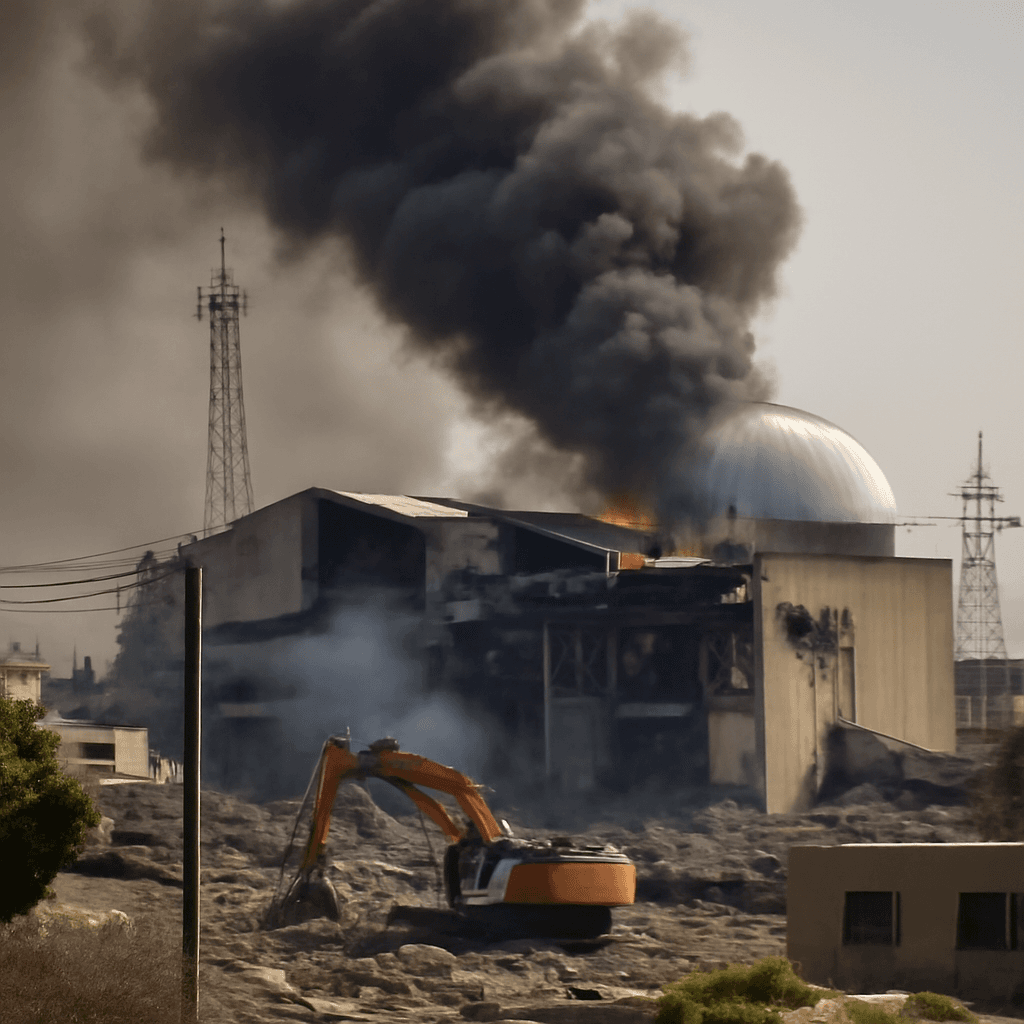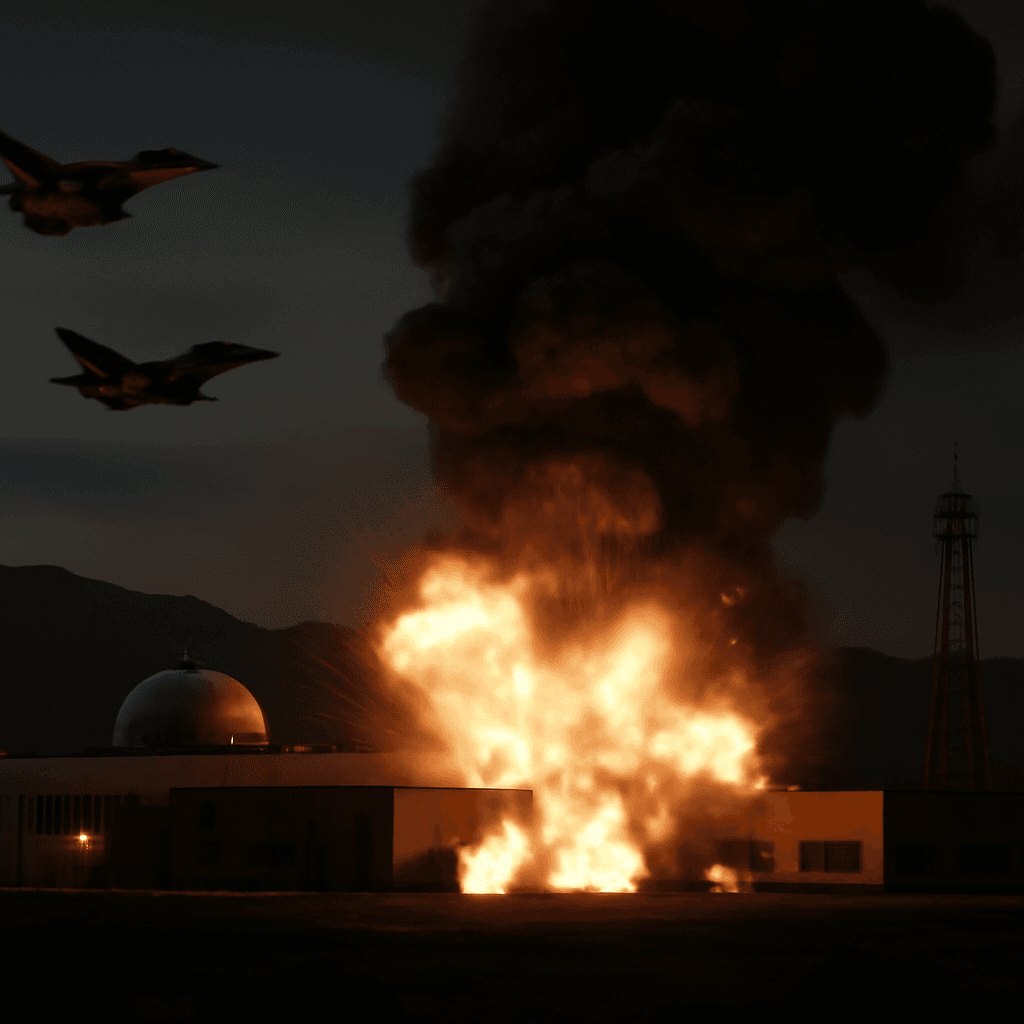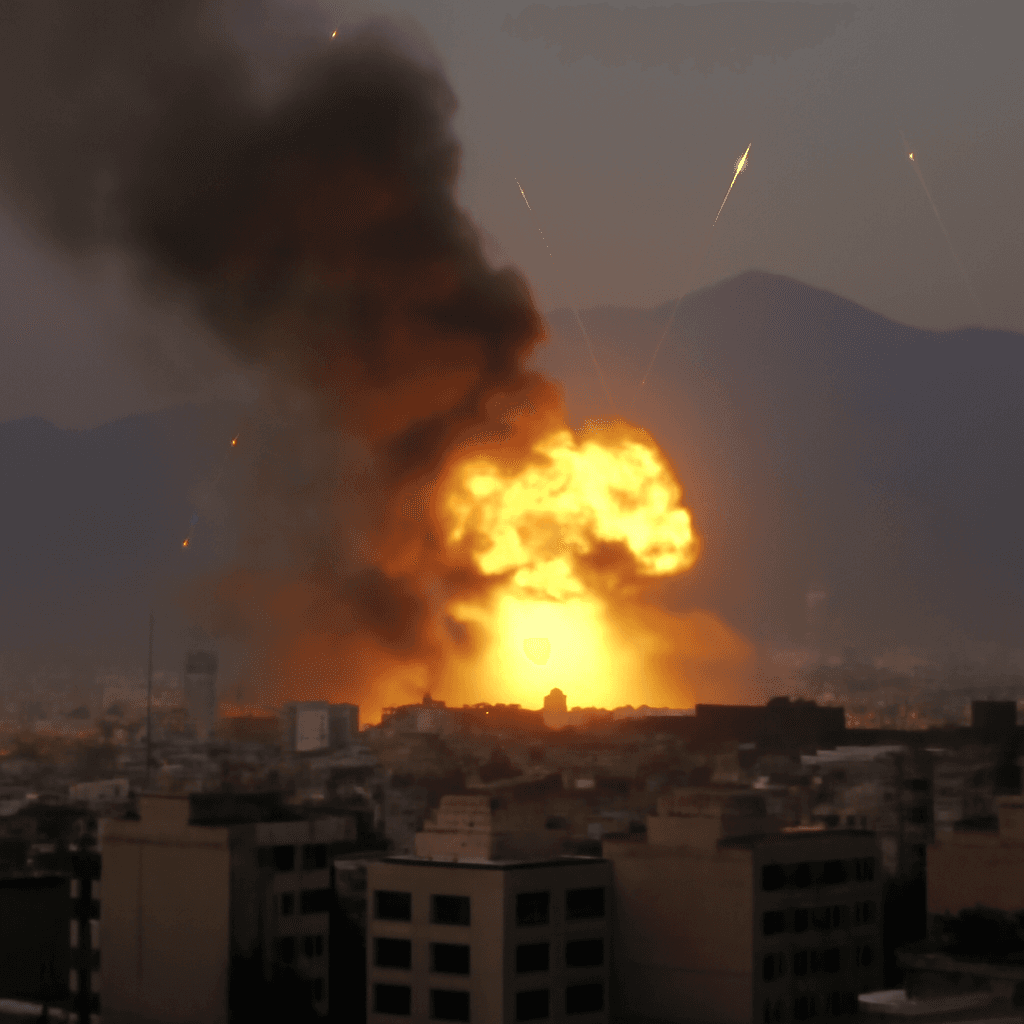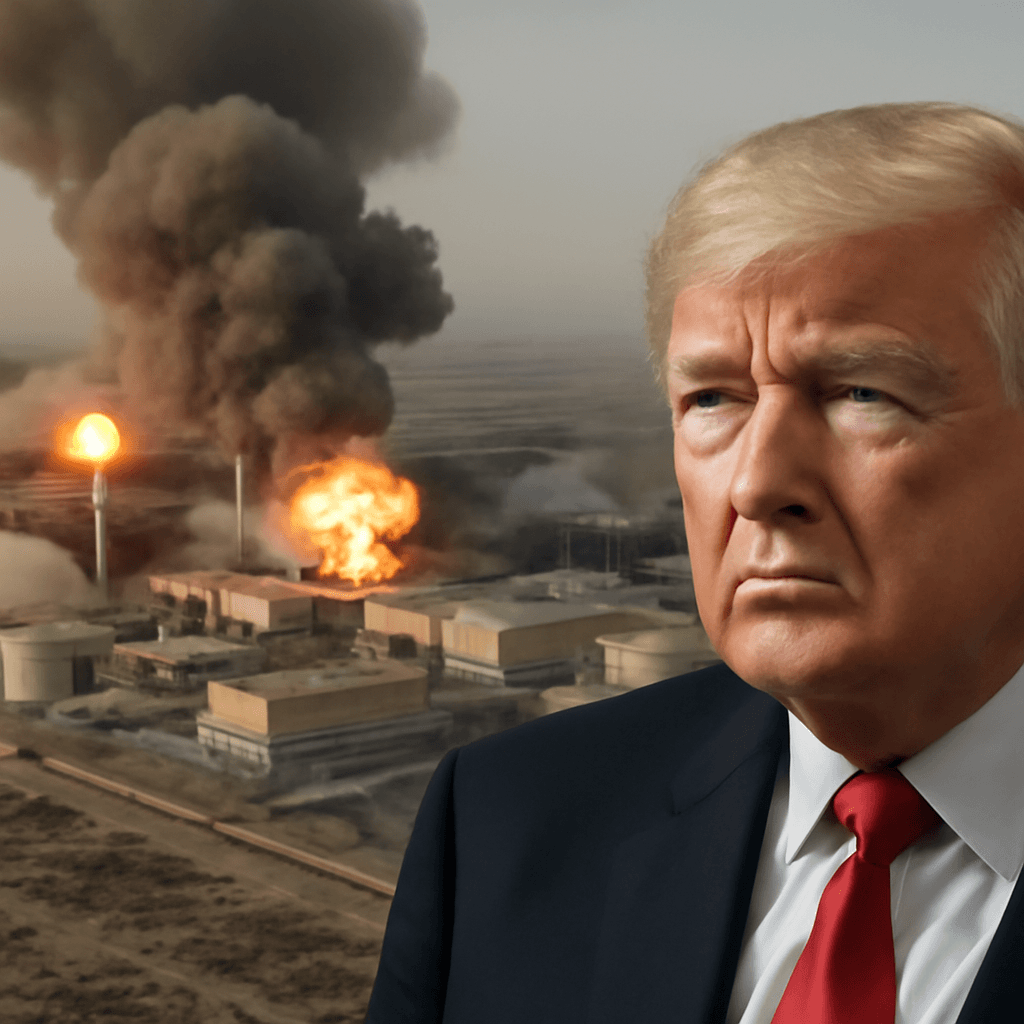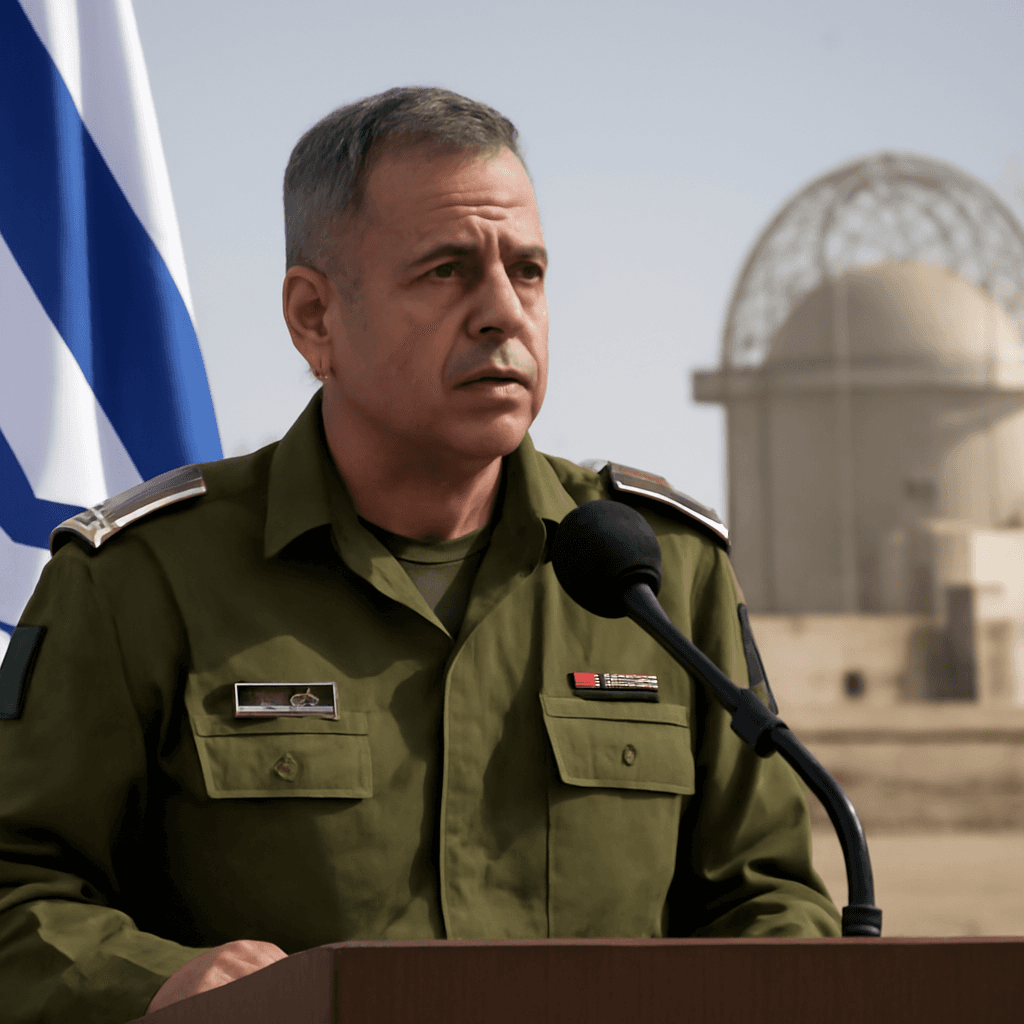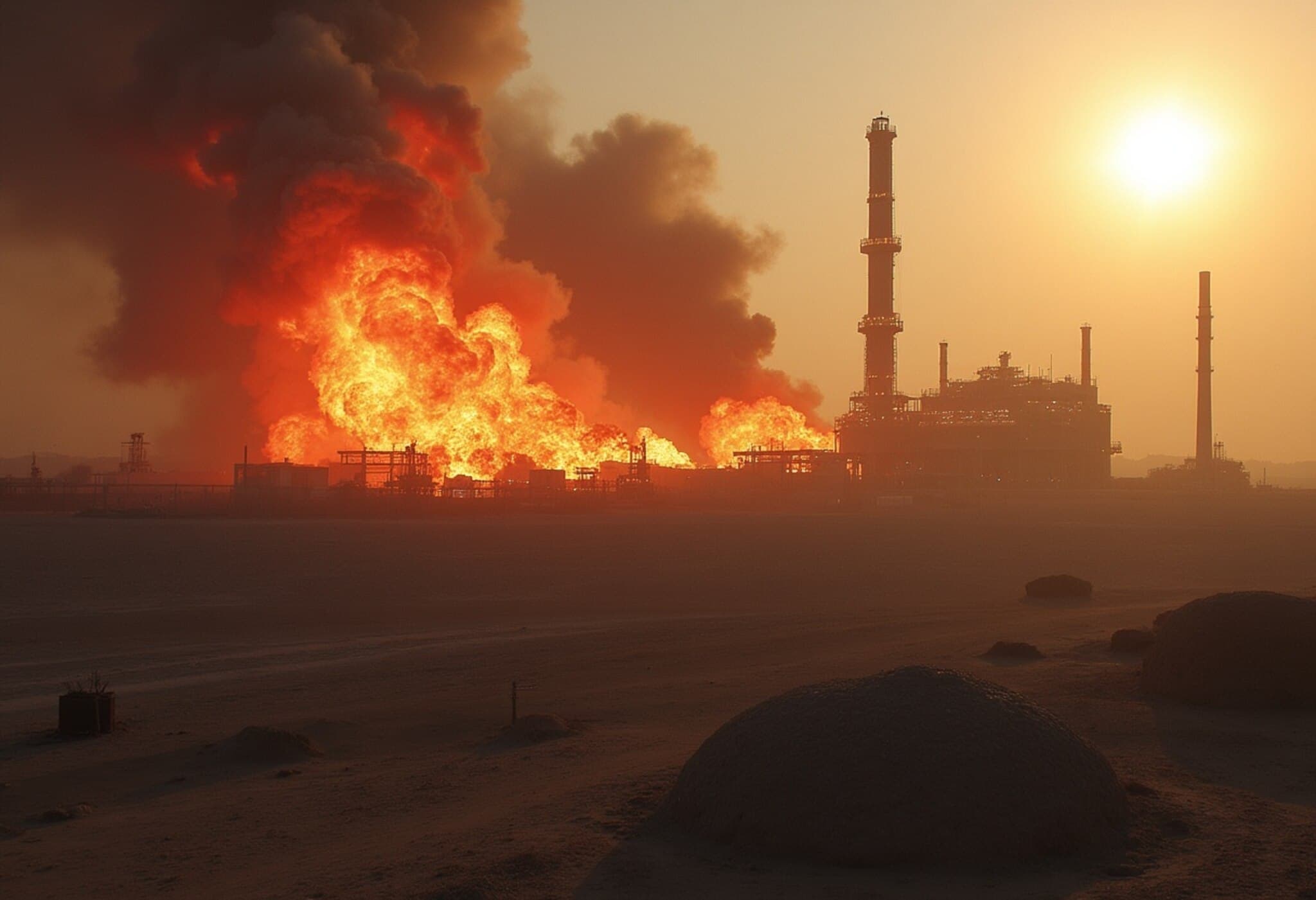5.1-Magnitude Earthquake Shakes Northern Iran Amid Israeli Airstrikes
On Friday, a 5.1-magnitude earthquake rattled northern Iran, stirring both local concern and international speculation. The United States Geological Survey (USGS) reported the quake's epicenter approximately 37 kilometers southwest of Semnan city, at a depth of 10 kilometers (six miles). Iran’s state media, however, cited a slightly stronger magnitude of 5.5 centered near the city of Sorkheh in Semnan province.
The tremors were noticeably felt in Tehran, nearly 150 kilometers away, although Iranian officials promptly reported no casualties and described the damage as minimal.
Semnan Province: Strategic Significance Amid Rising Tensions
Semnan province holds critical importance in Iran’s nuclear and missile programs. It houses the Semnan Space Centre, a key installation for satellite launches and ballistic missile development. This region is also in proximity to the Fordow and Natanz nuclear facilities, central to Iran’s uranium enrichment initiatives.
Amid ongoing Israeli airstrikes targeting Iranian assets, this earthquake's timing caught the attention of regional security analysts and social media observers alike, prompting theories of possible underground nuclear activity.
Could This Tremor Be Linked to Nuclear Testing?
With tensions escalating, some analysts speculate the earthquake may be associated with underground nuclear tests by Iran, although concrete evidence remains absent. This conjecture adds fuel to an already intense geopolitical situation, especially as Israel continues its military operations in the region.
Iran has consistently denied pursuing nuclear weapons, emphasizing the peaceful nature of its nuclear program. Nonetheless, international scrutiny intensified following the collapse of the 2015 nuclear deal after the U.S. withdrew in 2018, causing heightened mistrust.
Contextualizing Iran’s Nuclear Ambitions and Seismic Activity
Iran’s nuclear program dates back decades, initially supported by U.S. initiatives in the 1950s. Over time, this program became a focal point of mistrust among Western countries, particularly the United States and Israel, who suspect Iran of covert weapons development.
Adding complexity to this issue, Iran is situated on major seismic fault lines, making earthquakes a relatively common natural occurrence. Experts caution that these tremors are typically tectonic in nature and unrelated to human activity, underscoring the need for careful scientific evaluation before linking seismic events to nuclear tests.
Geopolitical Ramifications: Heightened Anxiety in West Asia
If any connection between this earthquake and nuclear testing were confirmed, it would escalate tensions dramatically. Such a development could provoke stricter international sanctions and prompt urgent investigations by organizations like the International Atomic Energy Agency (IAEA).
For now, however, Iranian officials and the global scientific community attribute the earthquake to natural tectonic movements. Nonetheless, the timing and location of the tremor inevitably add another layer of uncertainty amid an already volatile regional security climate.
Looking Ahead
As investigations continue, the world watches closely. The intersection of natural seismic activity and geopolitical conflict underscores the fragile balance in a region fraught with longstanding disputes and sensitive strategic interests.

